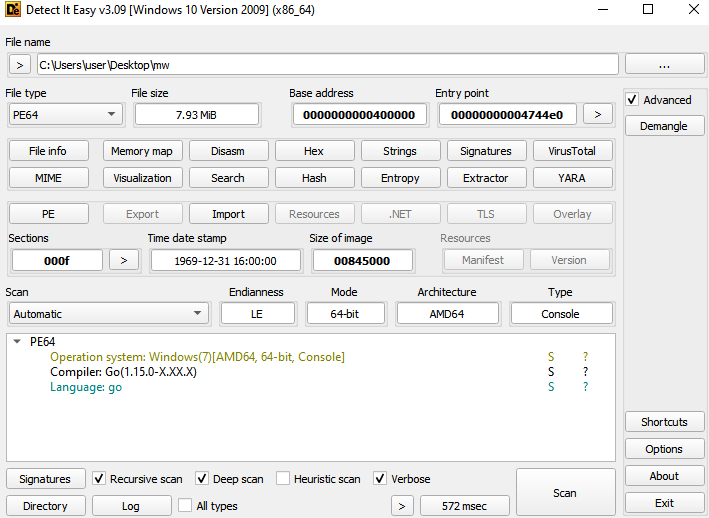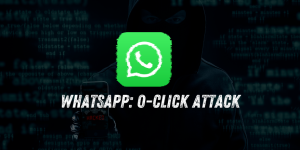New Golang Backdoor Uses Telegram API for Covert Command and Control

See Also: So, you want to be a hacker?
Offensive Security, Bug Bounty Courses
Available Commands and Capabilities
The backdoor currently supports four commands, though one remains unimplemented:
| Command | Function |
|---|---|
/cmd | Executes a hidden PowerShell command |
/persist | Ensures the malware remains running |
/screenshot | Not fully implemented but sends a confirmation message |
/selfdestruct | Deletes the malware file and stops execution |
When executing /cmd, the malware first prompts the attacker with a Russian-language request (“Enter the command:”). It then waits for the follow-up message containing a PowerShell command, which it executes in a hidden PowerShell window.
Stealth and Detection Challenges
By leveraging Telegram as a C2 platform, the malware avoids the need for traditional attacker infrastructure. Researchers highlight that this makes detection difficult:
- Cloud-based APIs are widely used for legitimate applications, making it hard to differentiate normal traffic from malicious activity.
- Attackers can easily deploy new Telegram bots if their previous ones are shut down.
Trending: Recon Tool: getJS
Mitigation and Protection
To defend against threats like this, organizations should:
- Monitor outbound Telegram traffic for unusual activity.
- Restrict PowerShell execution via Group Policy or Endpoint Detection and Response (EDR) solutions.
- Deploy behavioral analysis tools that detect unusual process executions.
- Ensure antivirus and anti-malware solutions can detect and block Go-based executables.
Are u a security researcher? Or a company that writes articles about Cyber Security, Offensive Security (related to information security in general) that match with our specific audience and is worth sharing? If you want to express your idea in an article contact us here for a quote: [email protected]
Source: hackread.com














